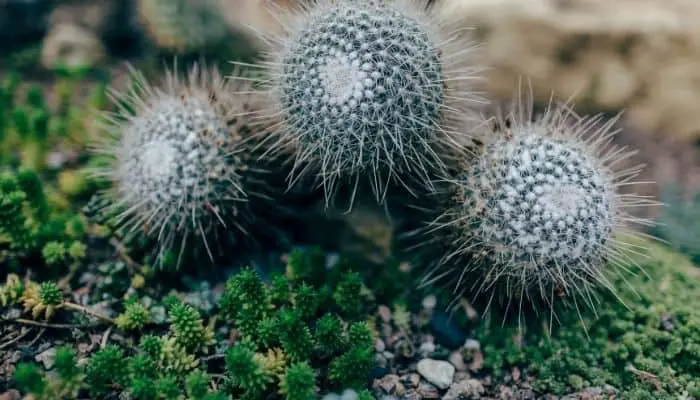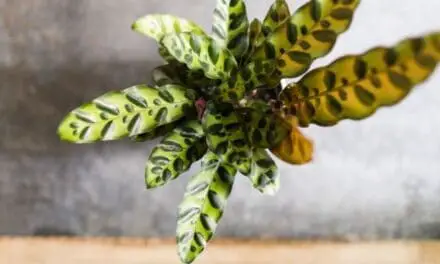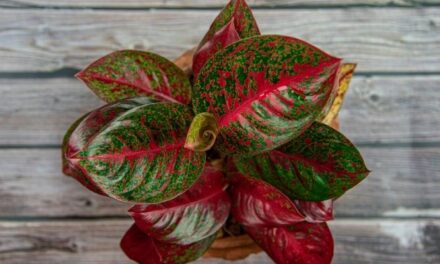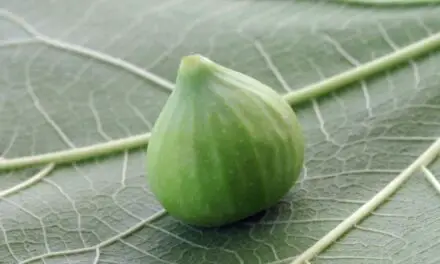The world of plants is truly fascinating and learning about their various systems will give you a better understanding of how your garden and houseplants function.
Vascular plants can stand up on their own and have solid plumbing to carry water and nutrients from the soil to their roots, stems, and leaves.
Non-vascular plants do not have vascular tissue and take in nutrients and water by absorption from their environment. They lack structure and can usually be found growing spread out along the ground, like moss.
But what about cactus plants; how do we characterize them when considering the vascular systems of plants?
Table of Contents
Is A Cactus Vascular Or Non-Vascular?

A cactus is a vascular plant. That means it has a vascular system and tissues to help transport the nutrients and minerals absorbed by its roots all the way to its spines.
What Is The Difference Between Vascular And Non-Vascular Plants?
Cacti are extraordinary vascular plants, and it’s fascinating to learn about how they work from the inside out.
Studying a plant’s biology can be just as interesting as learning about human or animal biology – especially if you’re a passionate gardener.
And understanding more about vascular plants can help you to keep your cactus plants in even better health.
Also Read: How To Tell The Age Of A Cactus (Pretty Accurately)
What Is A Vascular Plant?
Vascular plants are slightly more complicated to study than nonvascular ones.
This is because they have both Phloem and Xylem tissues, each serving an important role in how the plant stays healthy.
They also have tubes for water and nutrients to travel through the plant’s system.
Xylem Tissue
The xylem tissue is responsible for carrying water and other nutrients throughout the plant from the root to other areas.
It is what keeps the cactus’s spines hydrated and well-nourished.
Phloem Tissue
The phloem on the other hand is responsible for carrying food from the cactus’s spines to the rest of the plant.
Both tissues help transport energy throughout the plant’s stem.
What Is A Nonvascular Plant?
Even though a cactus plant is vascular, it’s interesting to understand how nonvascular plants absorb nutrients as well.
What makes these plants different is that they don’t have any vascular tubes for the nutrients to travel through or tissues to carry them either.
How Do Non-Vascular Plants Get Nutrients?
The way nonvascular plants get water and nutrients is by absorbing them from their surroundings.
This is part of the reason why nonvascular plants don’t grow to be tall, as they can’t absorb as many nutrients as vascular plants.
As a result, many non-vascular plants are restricted in their height.
Another name for nonvascular plants is bryophytes, and they mostly include plants like moss and hornworts.
What Advantages Do Vascular Plants Have Over Non-Vascular Plants?
When plants like cacti are vascular they have the potential to grow very tall and live a longer life.
There are areas in the United States where cactus can grow to be nearly 40 feet tall, the largest one ever recorded was 78 feet high.
Their vascular systems can transport water and nutrients around their bodies, no matter how tall they grow.
Vascular plants tend to thrive better than non-vascular plants.
This allows cacti and other vascular plants to have much better transportation of water and nutrients than a nonvascular plant would have.
They also have an easier time reproducing.
Most cactus plants are capable of producing around a million seeds in their life.
Since cacti are more successful at reproducing, their vascular system allows them to have a much wider range for dispersal, so there is less competition between plants.
Even plant families want their own territory.
Examples Of Vascular And Non-Vascular Plants
As mentioned, vascular plants contain xylem and phloem cells that transport food (sugars) and water.
The vast majority of plants you’ll see are vascular. Some of these include:
- Cacti.
- Herbs and vegetables.
- Fern-like plants.
- Grasses.
- Trees.
- Flowers.
Non-Vascular plants don’t have these cells and have to absorb water and nutrients from their environment. Some of these include:
- Mosses.
- Liverworts.
- Hornworts.
Final Thoughts
We all know that cacti are beautiful drought-resistant plants that come in all shapes and sizes.
But learning about their inner workings will give you an even greater appreciation for these gorgeous plants.
All cactus plants are vascular, which means they have a tube in their system to help transport all the nutrients they need to stay healthy.
Unlike nonvascular plants, which absorb nutrients from their surroundings, cactus plants are able to retain more food and water to grow into healthier plants.
A cactus plant’s vascular system helps it to grow tall and stay healthy, which is part of the reason they have such long lifespans and are so easy to take care of.




